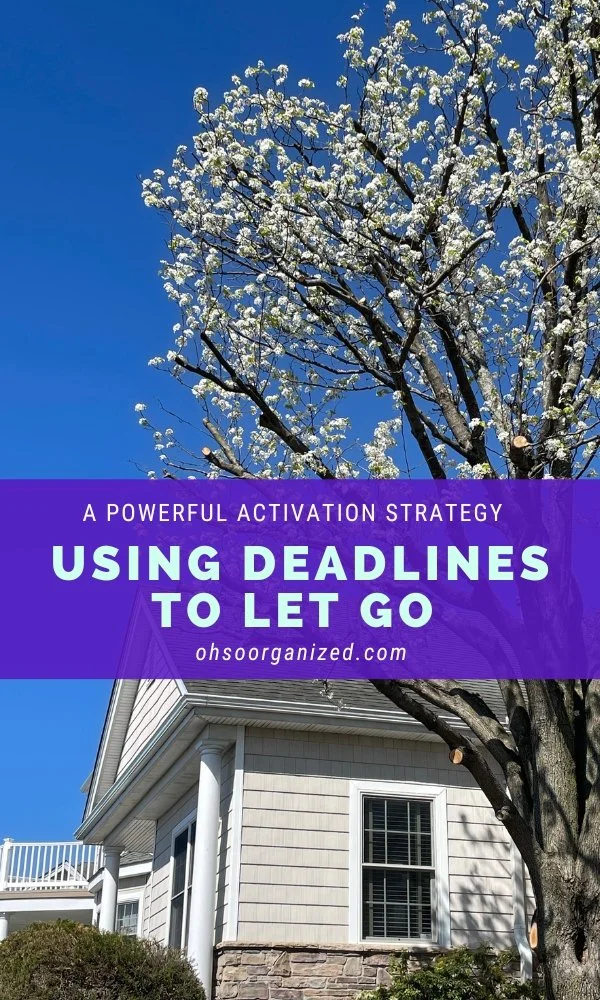You have arrived. The page has turned, and a new year has just begun. Do you feel the weight of last year? Are your thoughts occupied by unfinished projects or goals never reached?
Hi, friend. You are not alone. As much as you wanted to wrap up one year with a neat little bow, it wasn’t possible. You have leftovers and incompletes that are still in progress. I’m here with you.
Some things take longer or have deadlines that extend from one year to the next. While you want to move on and truly engage with a fresh start, you aren’t ready yet. However, I’ve got good news.
There is one small thing you can do to help change your energy in a positive direction during this transition time. It will lift that weight and reframe what a fresh start can be.
Reframe Your Fresh Start
Consider the “reset button,” which Glennon Doyle referred to in Untamed. Push that imaginary button to clear your mind and prepare for what’s next. This is especially useful when you feel stressed, anxious, stuck, in between, or pressured.
When you identify your preferred buttons, you can access them anytime to reset and start fresh. This viable strategy is not time-specific. You can use this simple practice today, tomorrow, or months from now.
What is the Reset Button?
As Doyle says, “My reset buttons are just little things.” Her list includes:
“Drink a glass of water.
Take a walk.
Take a bath.
Practice yoga.
Meditate.
Go to the beach and watch the waves.
Play with my dog.
Hug my wife and kids.
Hide the phone.”
As you read those, did you imagine the resets working for you? Did they spark other ‘button’ ideas?
I have most of Doyle’s buttons on my list, although I no longer have a dog to play with and prefer a hot cup of tea to a glass of water.
“My reset buttons are just little things.”
These additional resets also help me:
Write in my journal.
Talk with a friend.
Run an errand.
Have a snack.
Make the bed.
Clean the kitchen counters.
Get a pedicure.
Watch water flow.
Wash and moisturize my face.
Do something new or outside of my routine.
Your Fantastic Fresh Start
Release your worry and angst. Invite in patience and perseverance. Get out your button-pushing finger and get ready to press the reset. You can:
Change your state of being
Switch gears
Create a space to move forward refreshed
What will help you facilitate a fresh start? Which ideas resonate with you? I’d love to hear your thoughts. I invite you to join the conversation.
How Can I Help?
Do you want support organizing, planning, or making the most of this new year? I’d love to help! Virtual Organizing is an extraordinary path forward – A local feel with a global reach.
Please schedule a Discovery call, email me at linda@ohsorganized.com, or call 914-271-5673. Change is possible, especially with support.











